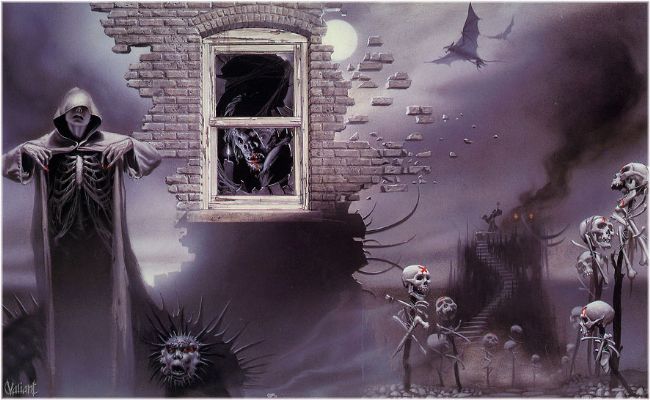“Death” is a socially constructed idea. The fears and attitudes people have towards it are not instinctive, but rather learned from educational and cultural vehicles such as the languages, arts, and religion. Every culture has its own coherent explanation of death which is believed to be right by its members. From such consideration, the life and Society are built according to such archetypes as death. What lessons can we learn from the examination of death as a social and cultural fact.

Among the cultural indicators to be considered are:
- nature of the beliefs toward the meaning of life, death and the hereafter;
- funerary rituals and strategies for body disposal;
- the physical and symbolic boundaries between the worlds of the living and the dead;
- the perceived role of the dead on the affairs of the living;
- the degree of social stigma attached to those dying, dead, or bereaved;
- orientations toward and rates of suicide, murder and abortion;
- death prevention and avoidance as a social goal
- the death socialization of children (including death themes in children’s stories and games) and their involvement in funerary ritual;
- the taboo status of the topic of dying and death in everyday discourse;
- the language used regarding death
- the nature and conceptions of death in the arts.
In considering cross-culturally the many facets of death, Arnold Toynbee (“Various Ways in Which Human Beings Have Sought to Reconcile Themselves to the Fact of Death,” 1980) and others have developed typologies of orientations toward life and death:
Cultures can be death-accepting, death-denying or even death- defying. In the death-defying West, the strategies for salvation have historically included activism and asceticism. In the East, the strategies have often been more contemplative and mystical.
Death may be considered either as the end of existence or as a transition to another state of being or consciousness. For Buddhists and Hindus, the arch-ordeal envisioned is not death but rather the pain of having to undergo another rebirth. It is the end of rebirths that is their goal, not the end of death, which is the goal of Christianity.
Considering the two previous dimensions, it should be evident that death can be viewed as either sacred or profane, a state or process perceived either to be sacrosanct or polluting for the living.
Where there is some immortality conception, it can either be personal or collective. In the West, post-death conceptions typically involve the integrity and continuity of one’s personal self. In the East, the ultimate goal is often an undifferentiated and impersonal oneness with the universe.
Cultures have taken hedonistic and pessimistic orientations toward life in facing the inevitability of death, such as taking an “eat, drink, and be merry for tomorrow we may die” approach to life.
Women are traditionally more involved in ritual and the emotional aspects of social life than are men. Whether by nature, socialization, exposure, or through some combination thereof, this implies that women are more likely than men to consider the existential issues of death and personal relationships. Over the last 50 years, their role in funerals has been virtually eliminated by the professionalization of the funeral industry. No longer needed, as their mothers and grandmothers might have been, to care for the dying at home, to wash and dress the body, to maintain mourning rituals, or tend graves, they must rethink the significance of death and their relationship to it.
The American notion of life being what’s objective and concrete while the hereafter has an illusory quality is far from being universal. The Hindus, for example, handle the problem of death by viewing life as the illusion and the realm between reincarnations as that which is objective. Hence, for many in Eastern cultures the primary concern is to avoid rebirth by extinguishing one’s self-centeredness, while in much of the West, this concern is to obtain as high a quality of personal existence as is possible in the here-and-now.








